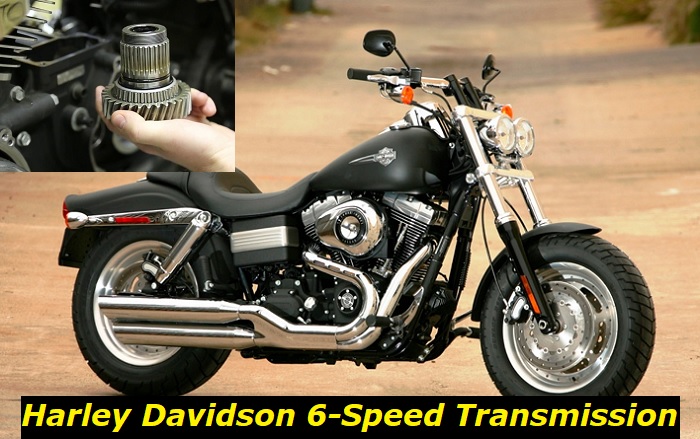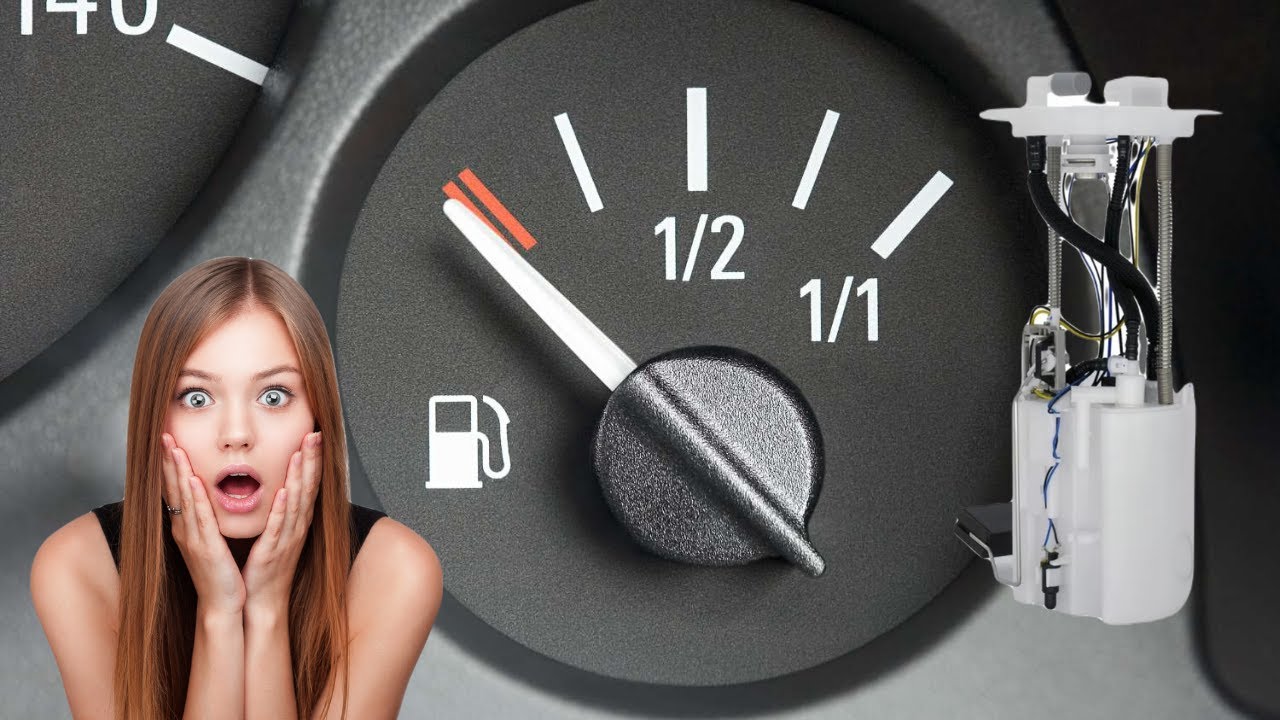American motorcycle manufacturer Harley-Davidson is one of the most well-established companies in its field. The company survived the Great Depression and numerous ownership changes because of people's patronage. Harley-Davidson provides almost every solution to any motorcycle problem. Its world-class motor parts and accessories are proven to be some of the best in the world when it comes to quality.
Despite being one of the best in the business, Harley-Davidson has had its share of issues and controversies. The Harley 6-Speed transmission was launched in 2007. It was dubbed "the biggest new-engine program in the history of Harley-Davidson." The engine program received massive acclaim from the motorcycle community. However, there were a few others who shared the problems they encountered with this transmission.

The Harley 6-Speed transmission was featured in all models in the Harley-Davidson Dyna, Softail, and Touring product families. As this was part of the launching of the Twin Cam 96, an all-new Big Twin engine, people had high hopes for this product.
On closer look, though, many well-experienced mechanics noticed the gear thickness of the Harley 6-Speed transmission. It looked way thinner and smaller as compared to other transmissions. This was just one of the earliest observations people had on this thing.
TOP 5 Worst Things That May Happen
If you can remember, Harley-Davidson recalled around 13,400 Dyna series motorcycles in 2009. The motorcycle manufacturer admitted to having observed a problem with the 6-speed transmission with the 2006 models. The neutral light was coming on when the bike was not even in neutral. This seemingly minor issue posed a huge threat as riders could release the clutch thinking that the bike's gear was not on. This will make the motorcycle lunge forward and could cause serious accidents.
Dealers of Harley-Davidson motorcycles sold the three parts necessary to fix the problem. Harley also offered to pick up the bikes and deliver them at no charge. While the recall was still ongoing, bikers were advised to release the clutch with care. They were also told to ignore the neutral light's indication. Fortunately, no injuries were reported because of this issue.
Harley-Davidson did a great job of rectifying the problem at the onset. Currently, the 6-speed transmission is still serving bikers well. Safety on the road should be everyone's concern, so we're giving you five possible worst things that could happen while on your 6-speed transmission. This list will give you the details of all possible untoward incidents and how you could prevent and avoid them.
1. Whining and Growling Noise
A very common issue among transmissions is a terrible noise. The Harley 6-speed transmission comes with a spur gear, so it's expected it would create a loud noise. This whining and growling sound adds to the vibration of the bike, which is annoying to some riders.
There are a bunch of opinions about the noise of the 6-speed transmission. Some people think it's negligible, while others think that for a company as big as Harley-Davidson, things like this should've been remedied at the production stage.
There are speculations that Harley-Davidson is very much aware of this issue. Some folks even think that before the introduction of the Harley 6-speed transmission, the company refused to change the spur gear.
Of course, these are mere allegations, but if indeed, this was the case, the whining and growling noise wouldn't be a topic for conversation in different models. Many motorcycle enthusiasts believe that changing the spur gear to helical gear would reduce or completely eliminate the noise.
Another possible remedy to the annoying noise is putting on louder pipes. While louder pipes could stop you from hearing the noises, the vibration would still be there.
Retrofitting your bike is another possible solution. Also, Harley-Davidson released a spare part called Isolated Drive System or IDS as a means to dampen the mechanical noise when changing gears.
Other riders choose to disregard the noise and accept it as a part of their everyday life on the road. Some people also think that transmission will quiet down with mileage.
2. A Busted Transmission
The Softail big-twin motorcycles capitalize on Harley's passion and commitment to tradition. It came with a rear-wheel suspension hidden under the transmission. This became one of the most popular Harley-branded models. Along with Touring, Dyna, Sportster, Street, LiveWire, and Vrod, Softail became a flagship model of the motorcycle brand. All these models are distinguished by the suspension, engine, frame, and other characteristics.
Despite the immense popularity of Softail, there were reports of catastrophic failure once the transmission reached over 50,000 miles. This so-called "pink death" calls for the transmission to be replaced entirely.
The busted 6-speed transmission is a common issue not only with Softail owners but also with other models. The most common breakpoint happens in the bearings, not on gears.
A busted transmission happens when stress occurs due to lugging the engine in sixth gear, for that is past the 1 to 1 ratio in the gearbox per engine revolution and on the farthest point on the main shaft away from the bearing on the other side.
The main shaft is then flexed, giving unwanted pressure to the bearing. Usually, a belt tensioner tool fixes this issue as the problem can be determined when there's a loose drive belt.
3. Slipping Out of Gear
As mentioned earlier, transmission issues are quite common as your mileage stretches. Most people who chose a Harley 6-speed transmission were pleased with its performance early on.
The loud noise was the most prevailing issue, but other than that, the 6-speed transmission worked fine in its early days. As the transmission gets old, it's when most problems occur. One of these is the trouble with shifting gears.
Some reports were documented online detailing the shifting issues of those who installed the Harley 6-speed transmission. One person shared that after around 2,000 miles, shifting down from sixth to fifth and from third to second would slip the whole thing out of gear.
Double shifting sometimes fixed this problem. However, this issue could be dangerous when driving at highway speeds.
4. Staying in the Friction Zone at Low Speed
The friction zone is the portion of the clutch lever movement that begins where the clutch starts to transmit power to the rear and ends before full clutch movement. Finding the friction zone is necessary for your safety.
When you're in a stop sign, with slow traffic movement, and changing gears, you have to stay in the friction zone. It's all in the clutch, but what happens if you can't find it? You'll be in for one jerky ride.
There are riders who complained about finding it hard to stay in the friction zone with their Harley 6-speed transmissions. It also gives them trouble going in a straight line. Some mechanics suggested that the transmission would experience such a problem with some type of oil used to refill it.
Others dismiss the matter as a clutch problem. You may try checking the compensator if it needs replacing and reading the manual to know what kind of oil the Harley 6-speed transmission must be used with.
5. Bearing Failures
There are numerous reports about trap door bearings and the main shaft's main ball bearing getting damaged prematurely. The Harley 6-speed transmission is no exception. Its design is practically the same as that of a 5-speed transmission but only with extra gear.
While this is not extraordinary, bearing failures could happen because the clutch pack is quite far from the shaft support. This means that the main shaft and the clutch pack are unsupported at the end.
In addition, the clutch pack hangs off the end of the shaft and is stretched by the torque of the engine. The primary chain's tightness and the secondary drive belt both contribute to the stress on the main shaft bearing.
Consequently, the main shaft bearing carries the force to the trap door bearings. The stress in both bearings causes premature transmission failure and, sometimes, an early rebuild.
Bearing failures in some Harley 6-speed transmission could happen as early as the 20,000 to the 30,000-mile range. Many mechanics and expert riders think that this issue is most commonly associated with poor driving habits.
Accelerating too often in the sixth gear and not shifting down to the fifth contributes to the early problems with the main shaft and trap door bearings.
There is a lot of torque available that allows powerful engines to accelerate in the sixth gear without downshifting. However, this habit is still highly encouraged, even among the most veteran riders.
Conclusion
There will always come a time when you'll be forced to handle issues with your motorcycle parts and accessories. The Harley 6-speed transmission is one of the best in the market, but even this one is not spared, especially when you've reached incredible mileage.
Keep a good maintenance record for your bike, and prevent leaks from happening. The Harley 6-speed transmission could bring you literally to places. Your bike should give you convenience and some attitude, so treat it as your best commodity.
About the authors
The CarAraC research team is composed of seasoned auto mechanics and automotive industry professionals, including individuals with advanced degrees and certifications in their field. Our team members boast prestigious credentials, reflecting their extensive knowledge and skills. These qualifications include: IMI: Institute of the Motor Industry, ASE-Certified Master Automobile Technicians; Coventry University, Graduate of MA in Automotive Journalism; Politecnico di Torino, Italy, MS Automotive Engineering; Ss. Cyril and Methodius University in Skopje, Mechanical University in Skopje; TOC Automotive College; DHA Suffa University, Department of Mechanical Engineering






Add comment